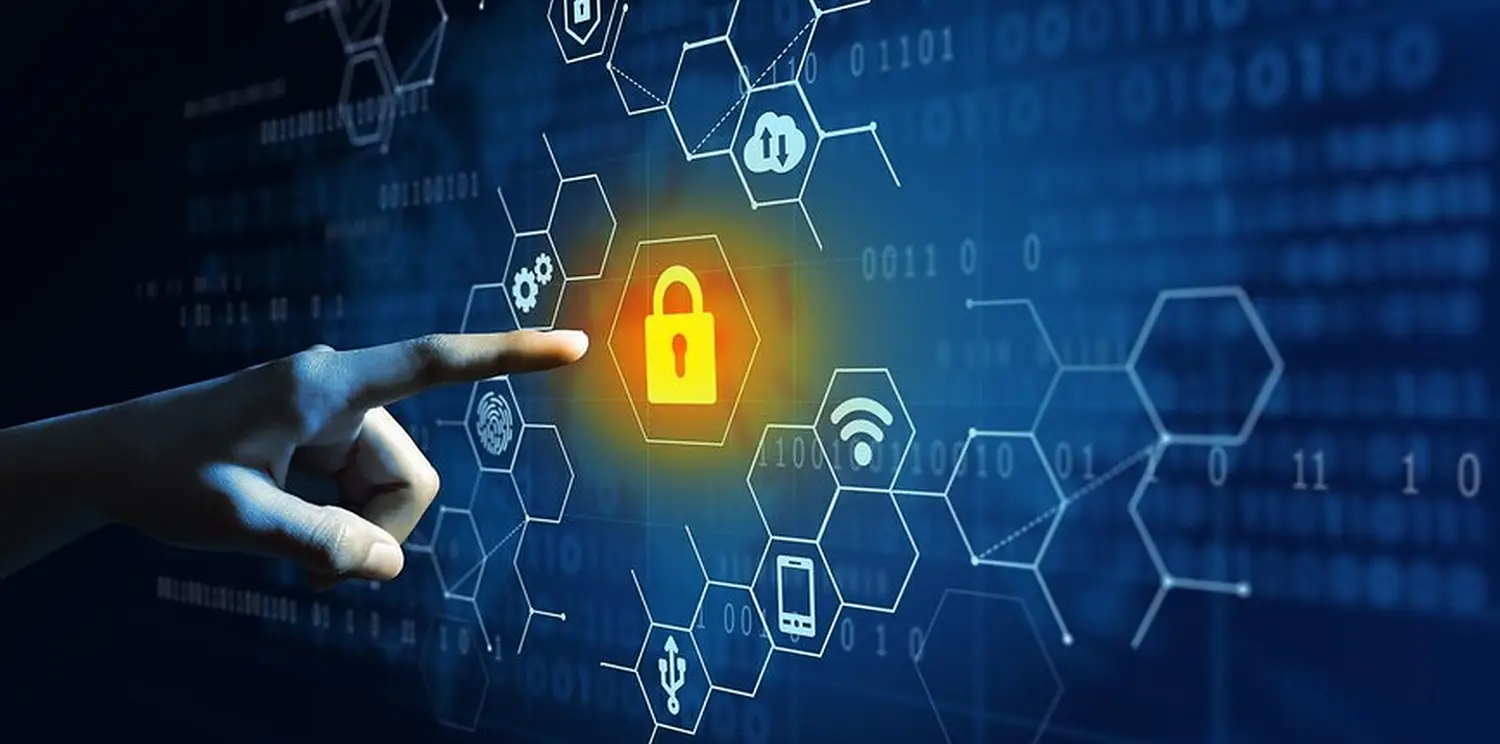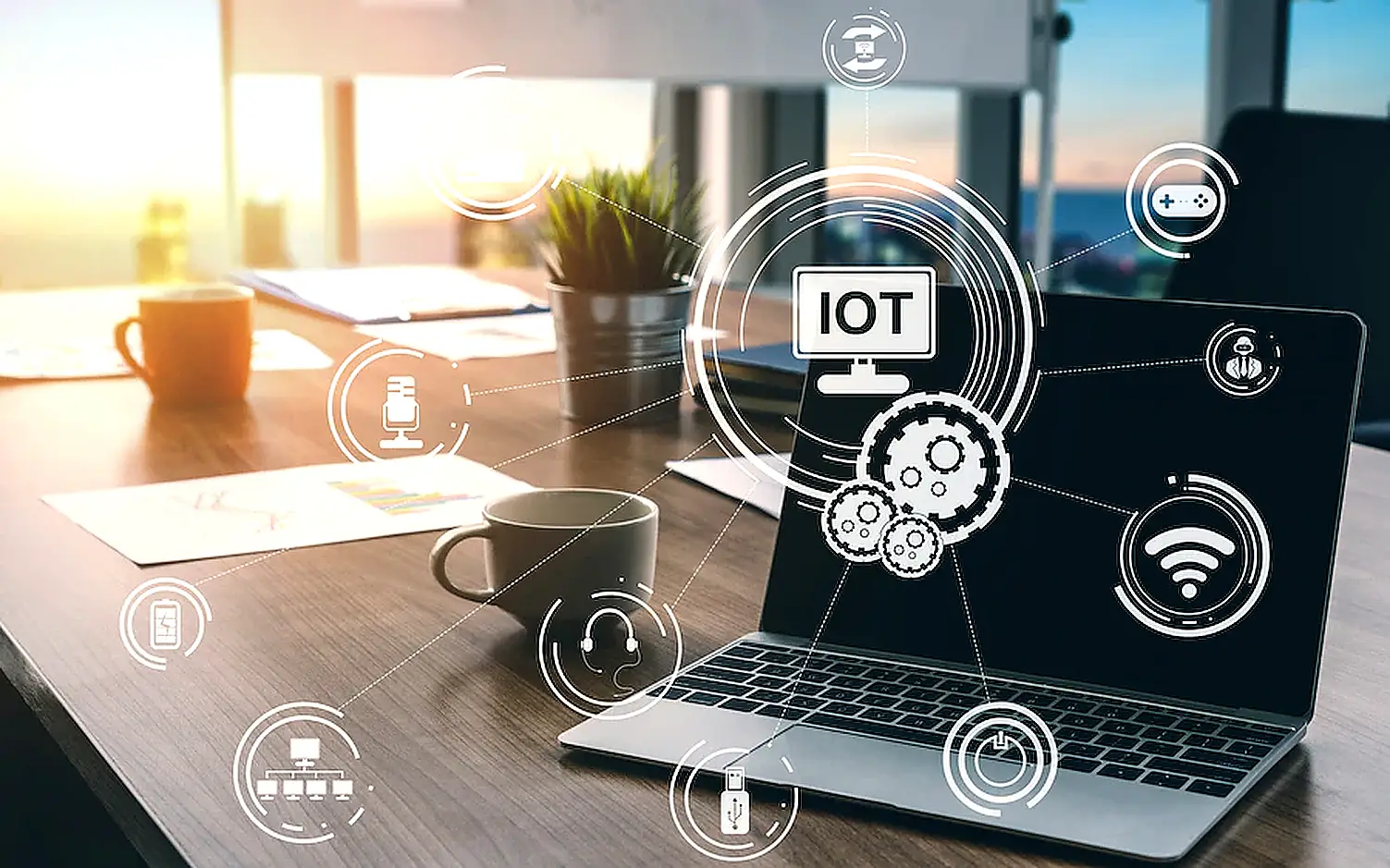Cybersecurity issues we face today still need to be fixed, and we are heading towards another year with evolving technologies, and a fast-changing world also means new challenges.
Indeed, there are some constants. For example, ransomware has significantly affected the cyber industry for years and is still prevalent. In addition, cybercriminals persist in maturing their invasions. Considerable numbers of enterprise networks remain vulnerable, often due to security flaws for which updates have long been available.
If you think you have mastered the software vulnerability in your network at any point, the future holds some significant dangers to worry about.
Look at the Log4j flaw: a year ago, it was utterly unfamiliar, creeping within the code. When it got its existence in Dec, it was conveyed by the head of CISA as one of the most severe flaws.
Even in late 2022, it is still considered an often unmediated security defect hidden within many organizations’ codes that’ll continue in the coming years.
Security skills shortages
Whatever the most delinquent cyberpunk gimmick or safety gap found by people, researchers, and not technology. They are always at the core of cybersecurity, for good and for ill.
That focus starts at the primary level, where the employees can recognize phishing links or a business email compromise scam, and managers utilize the proper data security team that can assist and monitor corporate defenses.
But cybersecurity skills are in high demand, so there need to be more attendants to look at approximately.
“As cyber threats evolve more sophisticated, we need the resources and the right skill sets to battle them. Because without specialized skill, communities are really at stake,” says Kelly Rozumalski, senior vice president and lead for the national cyber defense at Booz Allen Hamilton.
“We need to encourage people from various backgrounds, from computer engineering and coding to psychology, to explore more about cybersecurity. Because for us to win the war on aptitude, we need to be dedicated to not just employing but to building, retaining, and investing in our talent,” she says.
Organizations must have the people and processes to prevent or detect cyberattacks. In addition, there is the resumed day-to-day threat of malware attacks, phishing or ransomware campaigns from cyber-criminal gangs, and the threat from hackers and hostile nation-states.
New and more significant supply chain threats
While cyberspace has been a colosseum for international intelligence and other movements for some time, the contemporary multinational geopolitical surroundings are constructing supplemental dangers.
Matt Gorham, cyber and privacy invention institute manager, stated, “We’re going back to a geopolitical paradigm that features great strength competition, a place we haven’t been in several decades.”
He adds, “And we’re doing that when there’s no true agreement, red lines, or norms in cyberspace.”
For example, Russia’s ongoing invasion of Ukraine has targeted the technology involved in running critical infrastructure.
In the hours running up to the beginning of the invasion, satellite transmissions provider Viasat was influenced by an outage that disrupted broadband connections in Ukraine and across other European countries, an event that Western intelligence agents have attributed to Russia. Elon Musk mentioned that Russia has tried to hack the systems of Starlink, the satellite communications network run by his SpaceX rocket firm supplying internet access to Ukraine.
Security has to have a seat at the table, which is very necessary. But you need to consider strategically how to mitigate those threats because these devices are essential,” Rozumalski says – and she thinks that improvement is being made, with boardrooms becoming more aware of cybersecurity issues. However, there’s still much work to do.
“I think we’ve taken many steps over the past year that will start to put us in a better and a better light and be able to combat some of these threats in the future.”
And she’s not the only one who thinks that, while cybersecurity and cybersecurity budgets still need more attention, things are generally moving in the right direction.
“There’s an increasing realization that it’s a significant and broad threat, and there is significant risk out there – that makes me have some optimism,” says PwC’s Gorham. However, he’s aware that cybersecurity isn’t suddenly going to be perfect. As the world moves into 2023, there will still be plenty of challenges.
He adds, “The threat’s not going away – it’s significant and only going to become more significant as we transform digitally. But coming to terms with it today is a good sign for the future.”
Related Tags
Cybersecurity, Evolving Technologies, New Challenges, CISA, digital transformation, Software Vulnerability, Log4j, cyberpunks, phishing links, ransomware, Kelly Rozumalaski, Matt Gorham, Russia, Ukraine, Elon Musk, SpaceX.




